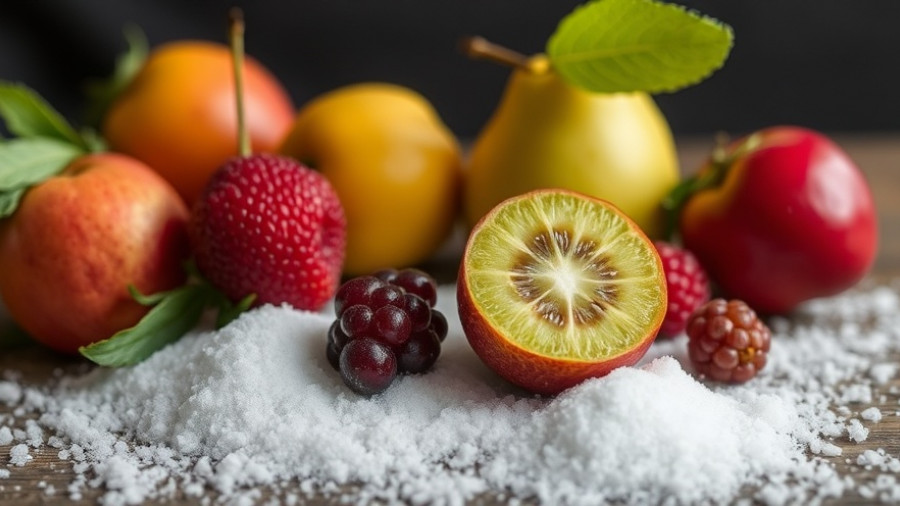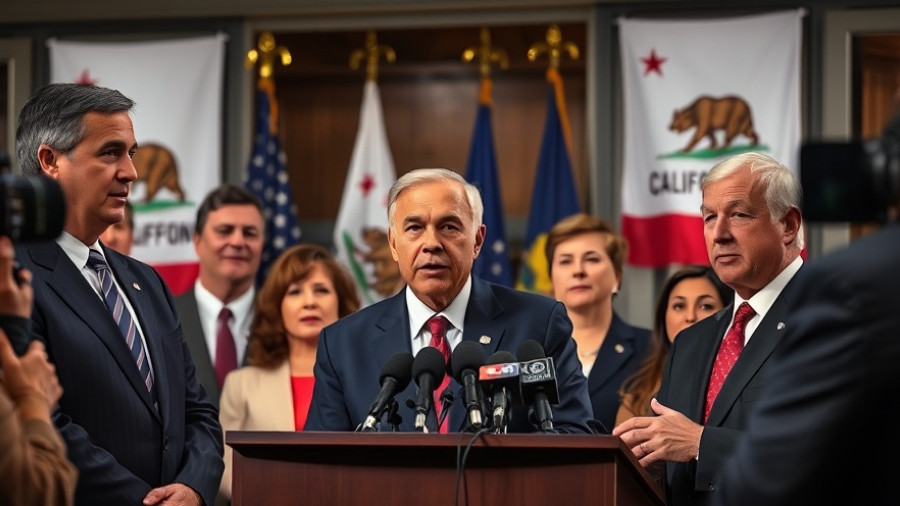
Understanding the Sweetness of Fruit: Natural vs. Added Sugars
Many of us enjoy a refreshing piece of fruit or a fruity smoothie without a second thought. But with the ongoing debate about sugar intake, it’s essential to ask ourselves: Do I really need to worry about sugar if it comes from fruit? While sugar from fruit is naturally occurring and can be a part of a healthy diet, the dynamics of sugar sources are critical for our health.
Why Fruit Sugar is Different
When we consume sugar from fruits, we are benefiting from not just calories but also essential nutrients and fiber. Natural sugars found in fruits include fructose, sucrose, and glucose, which are digested slowly, allowing our bodies to maintain stable energy levels. According to research, fruits are rich in vitamins such as vitamin C and minerals such as potassium and magnesium that help enhance our overall health. When we eat whole fruit, the fiber content helps with digestion and can aid in keeping us full longer, reducing those pesky sugar cravings.
The Reality of Added Sugars
On the flip side, added sugars are the sugars that are introduced into foods and drinks during processing or preparation. These sugars are often found in snacks, candies, and many popular beverages. Unlike the sugars found in fruit, added sugars can cause quick spikes in blood glucose levels, followed by crashes that leave you craving more sugar. Health organizations recommend reducing the intake of added sugars to minimize health risks such as obesity and diabetes. In fact, men should limit added sugars to no more than 36 grams per day, while women should aim for 24 grams. Unfortunately, the average American exceeds this significantly, consuming about 70 grams per day.
Health Implications: Natural vs. Free Sugars
Research suggests that not all sugars are equal. While added sugars pose various health risks, sugars that are naturally present in fruits and dairy have a different impact on our bodies. Reports show that the health risks associated with sugar intake, like tooth decay and weight gain, primarily relate to excess consumption of free sugars — sugars that have been extracted from their natural sources. This is why it's more challenging to overconsume sugars from whole fruits. For instance, you’d need to eat six whole oranges to match the amount of sugar found in a glass of orange juice!
Fresh Fruit: A Nutritional Powerhouse
One of the most significant benefits of fruit is the fiber it contains, which many sugar-laden processed snacks lack. Eating fruits can protect against heart disease and certain types of cancer, thanks to their nutrient density. Moreover, various studies have shown that consuming whole fruits correlates with reduced mortality rates associated with chronic diseases. It's recommended to include at least two servings of fruit in your daily diet, which might include apples, bananas, or a cup of berries, to ensure you gain health benefits from this powerhouse of nature.
Common Misconceptions About Fruit Sugar
Some individuals may shy away from fruit due to the natural sugars it contains, believing all sugar is equally harmful. This is a misconception. The sugars found in fruit are perfectly safe in moderation and contribute positively to our diets. What's truly harmful are the excess free sugars often found in processed snacks and drinks. By understanding this distinction, we empower ourselves to make healthier food choices.
Tips for Incorporating Fruit in Your Diet
To maximize the health benefits of fruits while minimizing added sugars in your diet, here are some practical tips:
- Enjoy whole fruits rather than fruit juices or dried fruits, as the latter can contain concentrated amounts of sugar.
- Pair fruits with other nutrients, like pairing apples with almond butter, to stabilize blood sugar levels.
- Explore fruits as natural desserts; for instance, try throwing berries onto yogurt or blending bananas into your smoothies.
Let’s Embrace the Fruit!
In conclusion, there’s no need to fear sugar from fruit. Instead, embrace it! By choosing whole fruits over processed sugary snacks, you offer your body the nourishment it needs without the pitfalls of added sugars. If you’re conscious about your health choices, make it a point to savor the sweetness of nature—your body will thank you!
As a vibrant community in the SF Bay Area passionate about health and wellness, let's commit to incorporating more whole fruits into our diets for a happier, healthier lifestyle. Join local farmers' markets or explore fruit-centric events in your neighborhood to enhance your fruit-filled journey!
 Add Row
Add Row  Add
Add 



Write A Comment